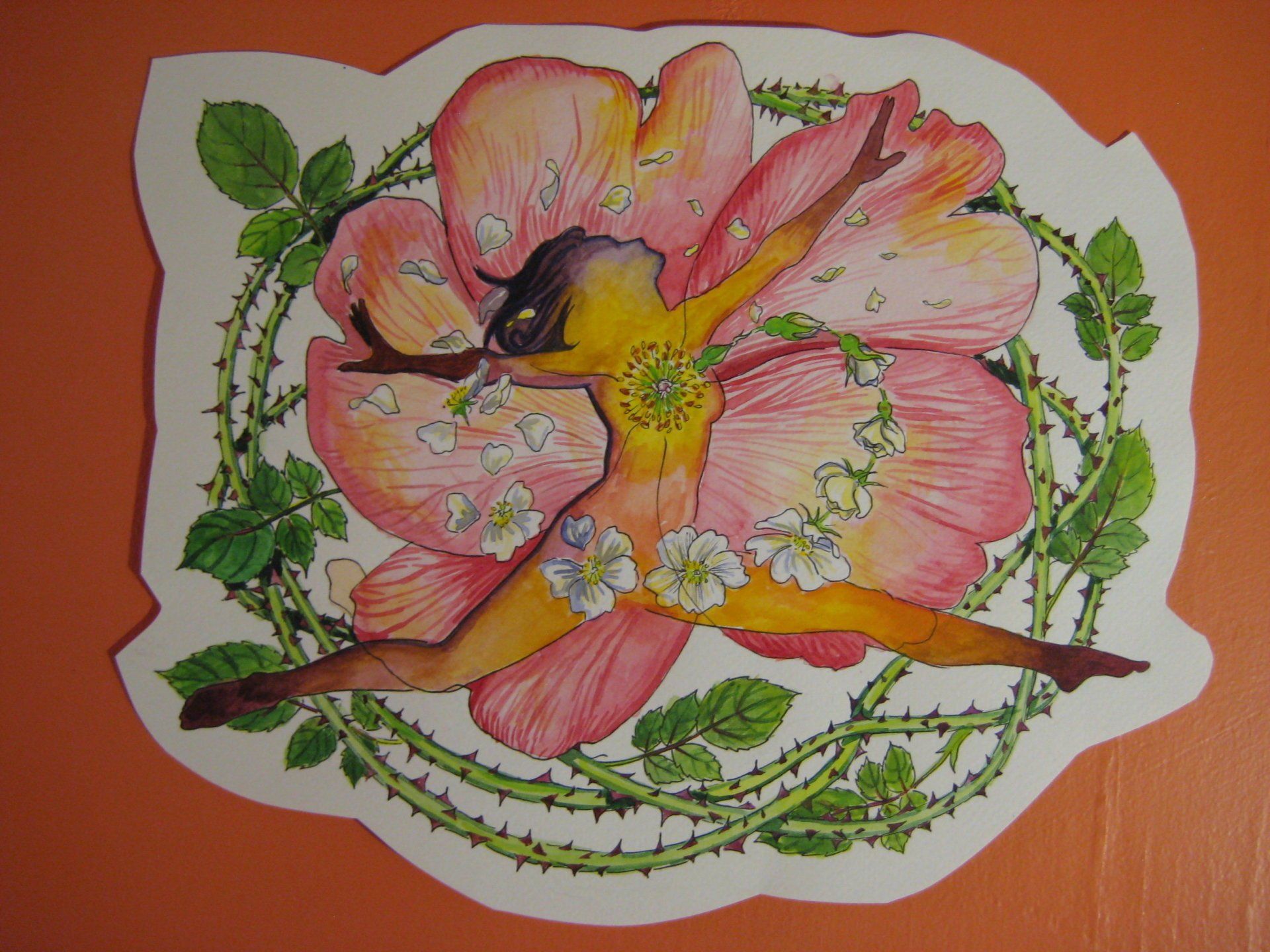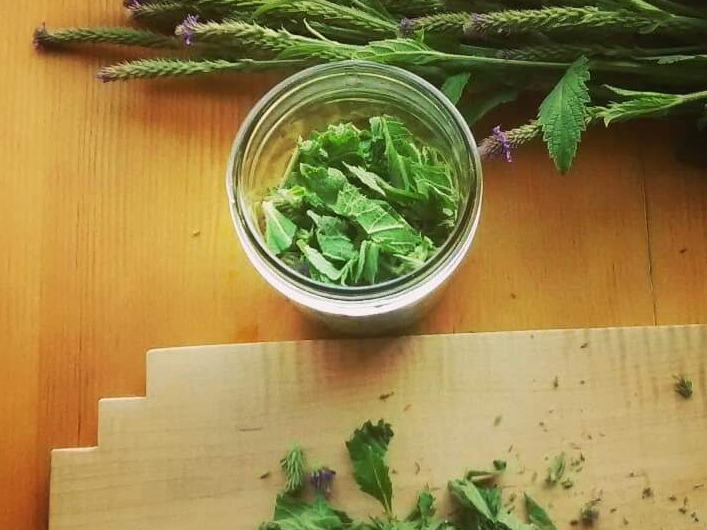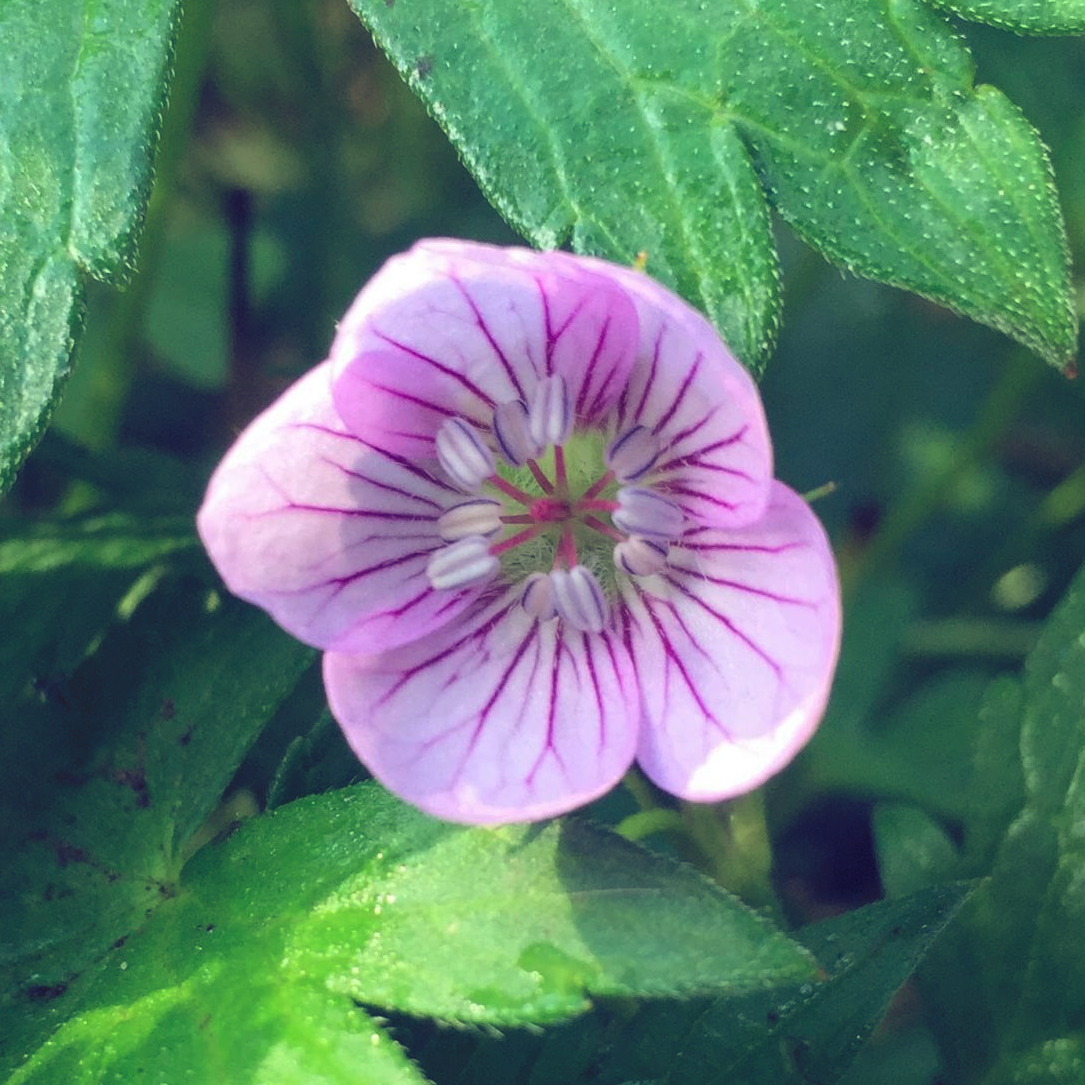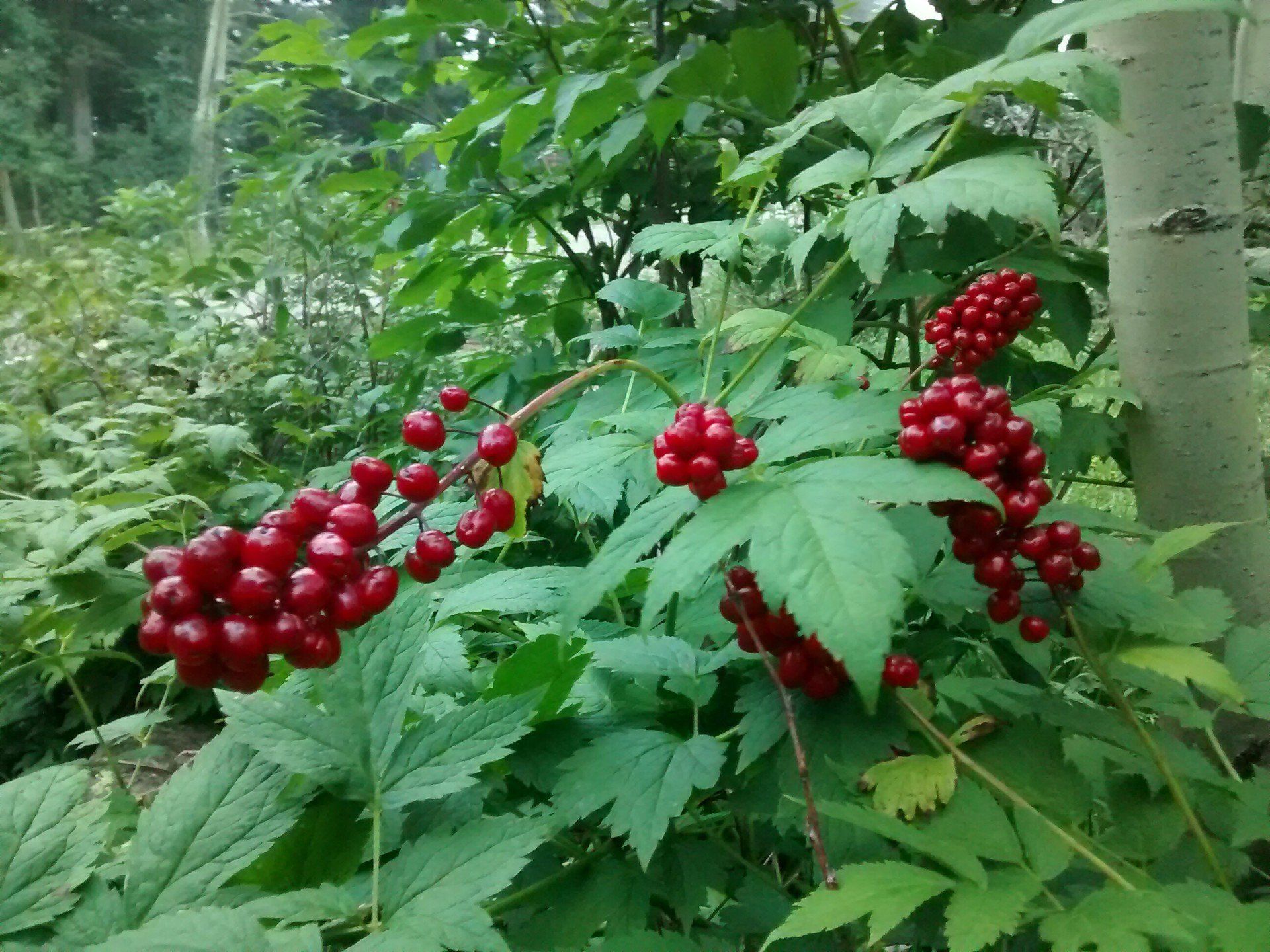| This
winter’s newsletter contains several recipes with ideas for how to use
Piñon. In the wintertime, we can find ourselves missing the lovely
flowers and herbs that thrive in warmer weather. It’s easy to forget
that the plants are always there for us and conifers are a great
reminder that nature is always providing and we are surrounded by
abundance. Take a walk and notice all the lovely evergreen trees and
shrubs in your neighborhood. Here in New Mexico, we have Juniper,
Ponderosa, Spruces, and Piñon to name a few. The below recipes focus on
Piñon, but you can substitute for other conifers that might be more
common where you live. A nice, citrusy cup of pine needle tea can be
uplifting to the spirits and great medicine for colds and flus that crop
up during the colder months. Try a recipe (or two!) from the following
list and see what you think.
Piñon Bitters:
A note on bitters…
“Bitter is better” Dr. Vasant Lad
Bitter is an important taste that has fallen out of favor in our modern
diets. Bitter taste promotes the secretion of digestive enzymes and can
be helpful for slow and sluggish digestive conditions. Take a squirt of
bitters before your meals to get your body prepared for digestion. Add
bitters to sparkling water for a healthy herbal mocktail.
Ingredients:
2 Tbsp piñon needles
Chopped citrus peel (choose your favorite or whatever’s on hand)
6 whole peppercorns
1 cinnamon stick
Vodka
Place all your dry ingredients in a glass jar and just barely cover with
vodka. Let sit for 6 weeks and strain through a coffee or metal mesh
strainer. There you go!
Pine Cone Syrup:
A note on pine syrup…
Pine syrup has been used traditionally for
upper and lower respiratory inflammation, cutting mucus, and for its
antiseptic qualities. Pine needles are high in Vitamin C, another
benefit to those combatting colds and flus common in the winter season.
Ingredients:
1 cup sugar
1 cup water
4 piñon cones, broken apart
A handful of pine needles
Heat the sugar and water until they boil. Remove from heat and stir in
pine cone bits and pine needles. Steep overnight and strain out the pine
cone. Store in the fridge.
*Recipe adapted from Mother Earth News.
Incense:
Gather bits of piñon resin. Resin acts as a natural “band aid” and
immune support for pines, so harvest resin that has fallen to the forest
floor instead of prying it off tree wounds. You can burn your resin
over charcoal or place it on a metal plate on your woodstove or
somewhere it will heat enough to diffuse its lovely forest scent.
Tincture:
**See pine syrup for some medicinal benefits of pine medicine
Step 1
For piñon resin:
Fill a jar 1/3 full with resin and then fill
to the top with Everclear or grain alcohol. Resins are “hydrophobic,”
which means their medicinal components don’t extract in water. A lower
proof alcohol, like vodka, will not create as potent a medicine as grain
alcohol.
For piñon needles:
Fill a jar ½ full with fresh pine needles
and fill to the top with vodka (you can try pines other than piñon, but
some contain more turpentines and will create a less tasty medicine.)
Step 2
Let steep for 6 weeks, strain out the solid material, and store for use.
Vinegar:
This recipe makes a citrusy pine vinegar that can be used as a salad
dressing high in Vitamin C. Some people like to take shots of raw apple
cider vinegar for healthy digestion and immune function, try infusing
your ACV with pine needles for added benefits of this plant. Note, pine
is somewhat astringent and should be avoided for dryer constitutions.
Fill a jar with piñon needles and cover completely with apple cider
vinegar. Let steep for 6 weeks, strain out the needles, and store for
use in a glass jar with a non-metal lid (metal will corrode.)
Tea:
Citrusy-tasting pine needle tea is high in Vitamin C and has
antiseptic qualities. It can be helpful for cutting mucus and opening
airways during cold and flu season.
To make a tea of piñon needles, pour one cup boiling water over one
tablespoon needles. Steep for 5-10 minutes, strain, and enjoy.
Salve:
Piñon pitch salves are also a valuable first aid remedy to have around the house. Frugally Sustainable has a nice, simple salve recipe
on their website. Per their article, "Due to its ability to draw blood
and energy to the site of application, a salve made of Pinon
[potentially] has the power to heal ::
psoriasis
eczema
bug bites
boils/skin eruptions
splinters
severely dry skin
sore + overworked muscles
irritated/infected skin aliments"
|





